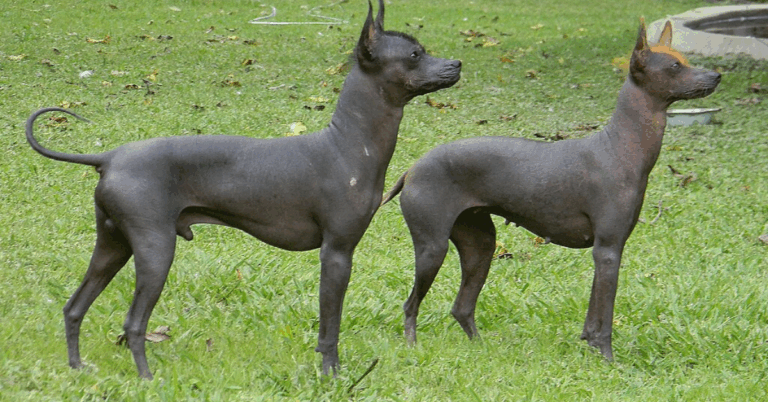15 Warning Signs Your Dog Might Be Developing Aggression
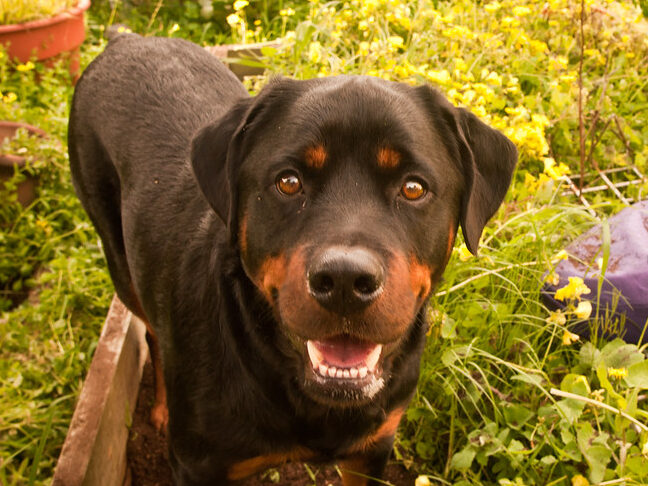
Aggression in dogs rarely appears overnight. Most often, it builds gradually, masked by subtle changes that many owners dismiss as moodiness or stress. But these early cues are your dog’s way of communicating discomfort, fear, or even dominance issues. Here are 15 warning signs that your dog might be developing aggressive tendencies and why it’s critical to pay attention now.
Growling During Routine Activities

If your dog starts growling when you reach for their food bowl, put on their leash, or try to move them from the couch, it’s a major red flag. This isn’t just “talking” — it’s a warning. Dogs that become possessive or defensive during normalinteractions may be testing boundaries and asserting control in unhealthy ways.
Stiffening Up Before Interaction

A dog that freezes or stiffens when approached, especially around unfamiliar people or children, may be silently signaling discomfort or fear. This frozen stance often comes just before a lunge or bite. It’s crucial not to ignore this body language, as it shows the dog is on edge and unsure how to cope.
Prolonged Eye Contact or “Hard Staring”

A soft gaze is normal in dogs. But if your dog locks eyes with a hard, unblinking stare, it could be a challenge or a threat.This kind of eye contact often precedes defensive behavior, and recognizing it early can help prevent confrontations with people or other pets.
Snapping Without Making Contact

Snapping is often a warning — a way for your dog to say, “Back off,” without actually biting. If this behavior becomes more frequent, it’s not something to brush off. It shows your dog is feeling cornered, anxious, or out of control, and may escalate if the trigger isn’t removed or addressed.
Guarding Food or Toys

Resource guarding starts subtly. Maybe your dog hovers over a chew toy when someone walks by or stiffens near the food bowl. If it escalates to growling or snapping when approached, it’s no longer just quirky — it’s a potential aggression issue that needs training and intervention.
Barking Excessively at Specific People

Barking is normal, but if your dog fixates on specific people by barking, growling, or lunging, it may be due to fear-based aggression. This often stems from a lack of socialization, trauma, or mistrust and can worsen without desensitization or professional training.
Showing Teeth When Touched
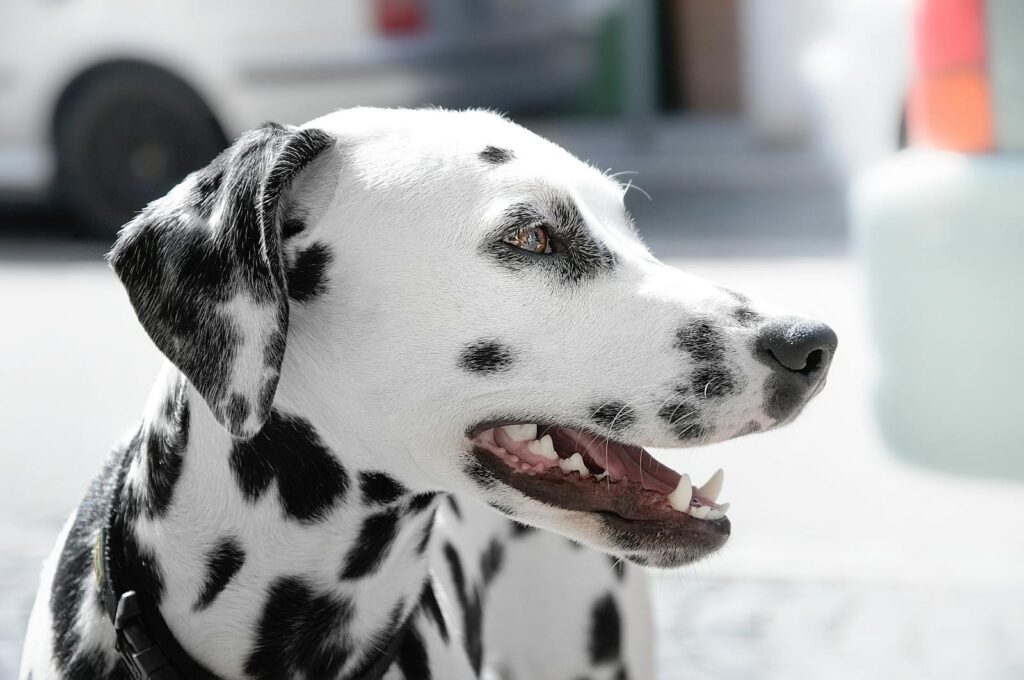
A lip curl or showing of teeth when touched, especially in areas like the paws, tail, or ears, indicates your dog may feel pain or discomfort but also territorial over their own body. Repeated signs like this can evolve into defensive biting.
Sudden Disinterest in Affection
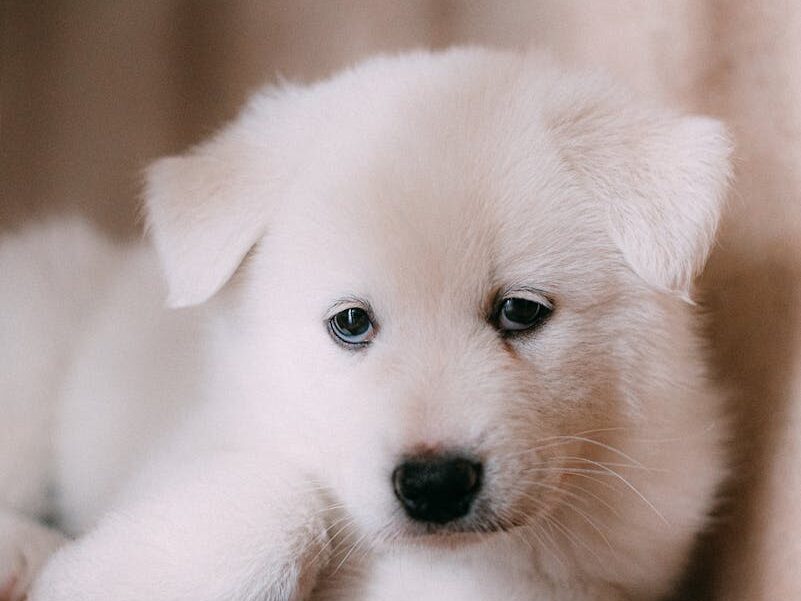
If your normally cuddly dog starts pulling away, avoiding eye contact, or acting aloof, it may be more than just a mood shift. Dogs sometimes withdraw before showing more overt signs of aggression, especially if they feel unsafe or overstimulated.
Mounting or Humping Other Dogs (or People)

While often linked to dominance, mounting behavior can be a prelude to aggressive displays, particularly if it’s combined with growling or guarding behaviors. It can also be your dog’s way of asserting control in tense social situations.
Chasing Children or Smaller Animals
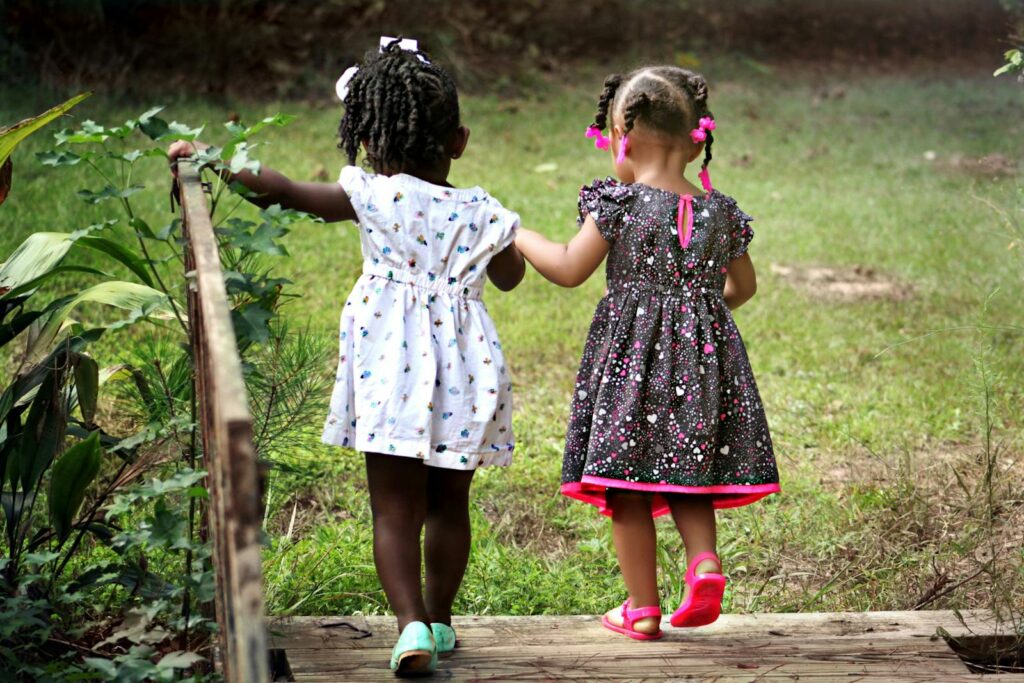
Predatory chasing is instinctive in many breeds, but when a dog becomes obsessed with pursuing children, cats, or small animals—and consistently ignores your attempts to call them back—it’s a serious concern. This level of fixation can quickly escalate from excitement to aggression if not addressed with proper training and redirection.
Ears Back, Tail Stiff, Body Tense

When a dog’s ears are pulled back, their tail goes rigid, and their body looks tense, they’re not just nervous. This defensive posture indicates they feel threatened or unsure about their environment. If ignored, this state of alertness can lead to reactive lunging, barking, or even biting in an attempt to protect themselves.
Not Listening to Commands Anymore

A dog that starts ignoring basic commands like “sit,” “stay,” or “come” might be signaling more than just stubbornness. This change can reflect a breakdown in the bond between the dog and the owner. It may indicate growing defiance or a shift in the dog’s perception of authority—both of which are common in dogs developing aggressive tendencies.
Lunging on the Leash
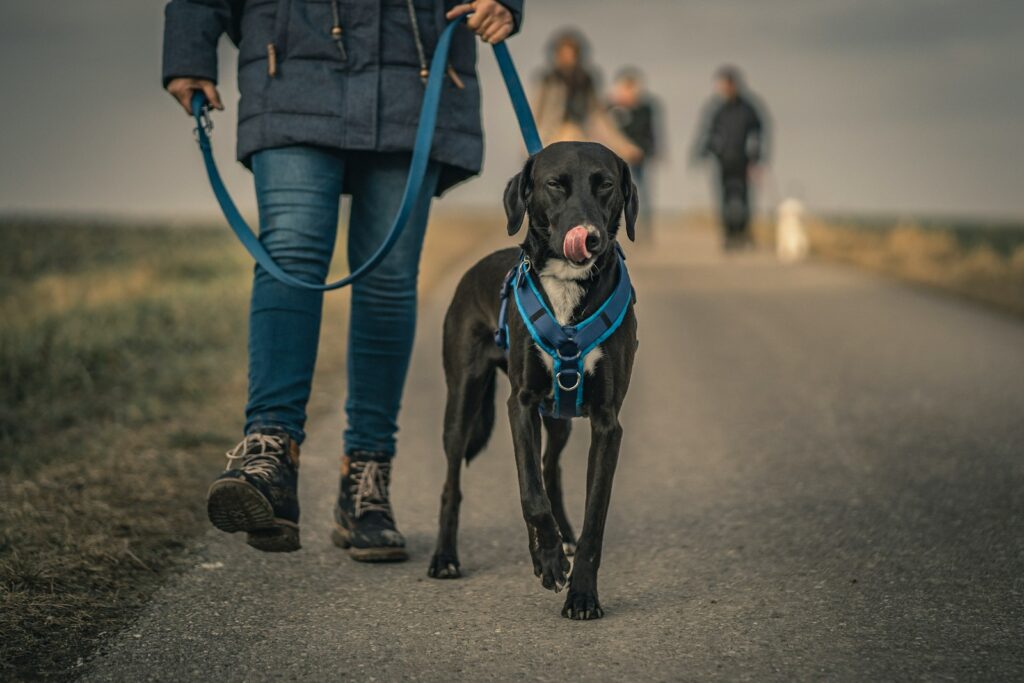
When a dog pulls hard, lunges, or barks uncontrollably at people, animals, or even passing vehicles during walks, it often stems from frustration, overstimulation, or fear. If not corrected, this behavior can become more intense and dangerous over time, especially as the dog starts to associate certain triggers with conflict or stress.
Sudden Outbursts Around Guests

If a previously friendly dog starts growling, barking, or snapping at visitors, it could be more than temporary discomfort. Sudden aggression around guests may signal pain, anxiety, or even the beginning of possessive behavior over the home or owner. These episodes can worsen without intervention and professional support.
Multiple Incidents That Escalate Over Time

Seeing one concerning behavior might not mean much on its own, but if you notice a pattern—growling, snapping, lunging—that happens more often and with more intensity, it’s time to act. Repeated incidents often mean the dog is struggling to manage its emotions, and the longer it continues, the harder it is to reverse the behavior.




